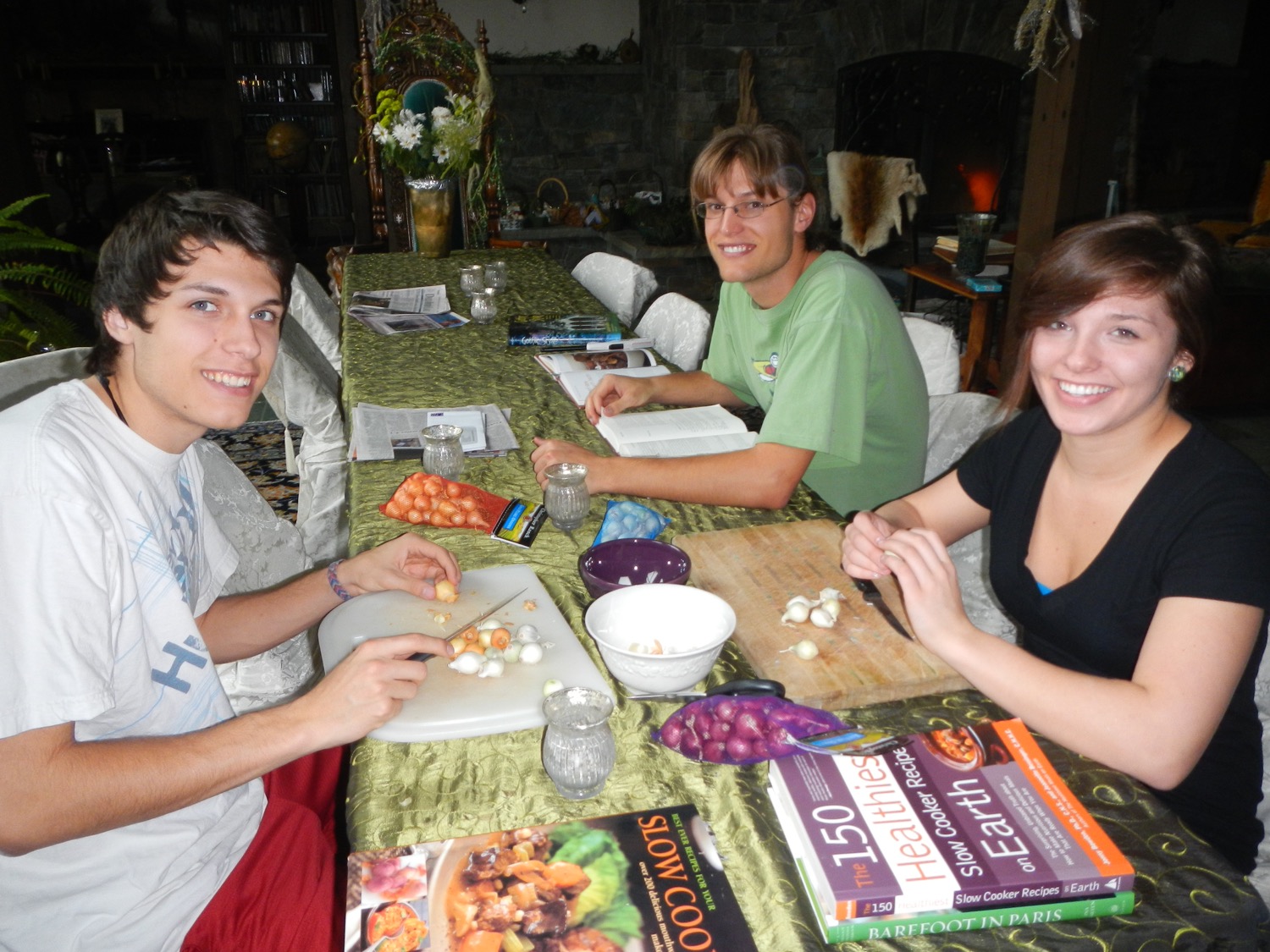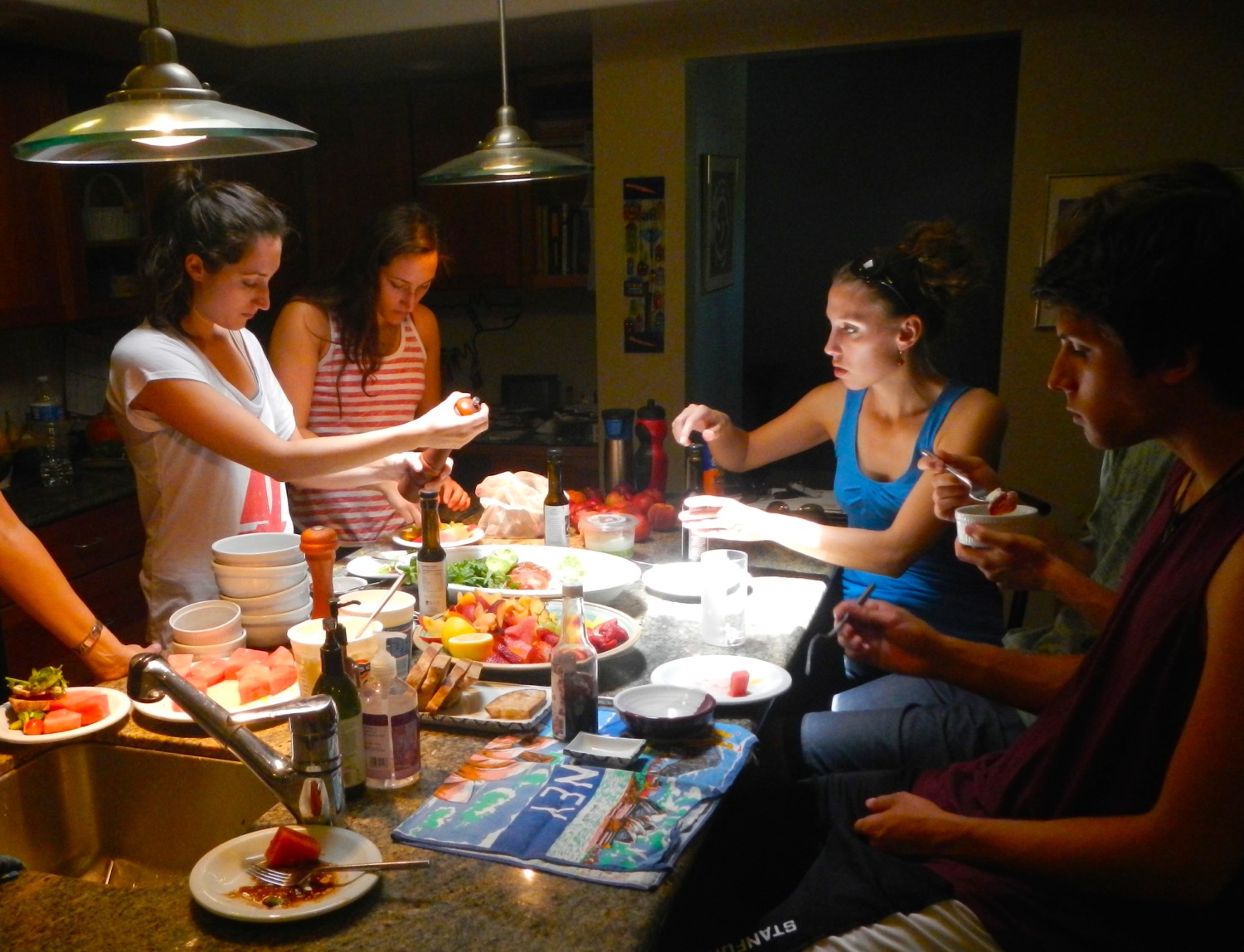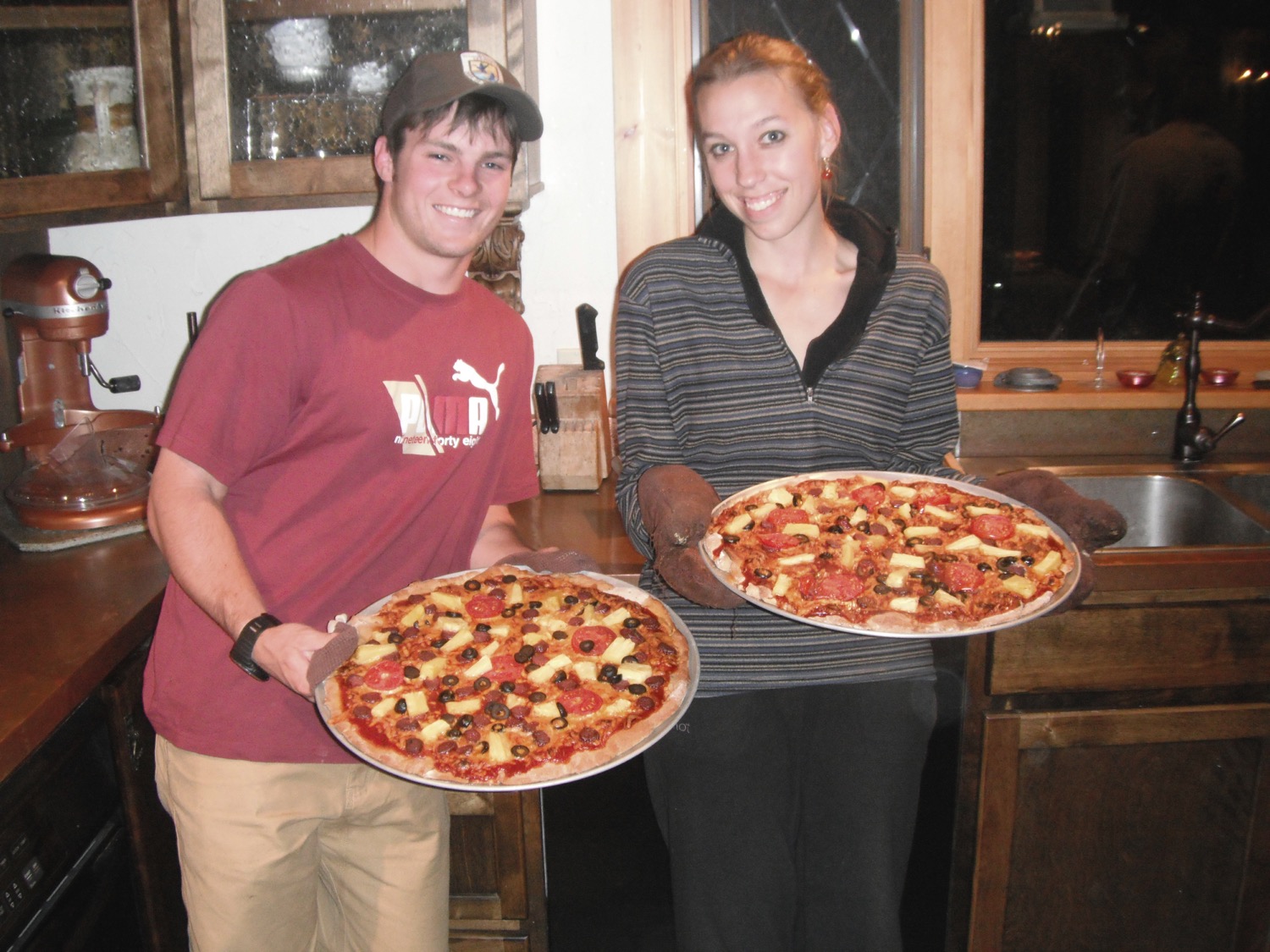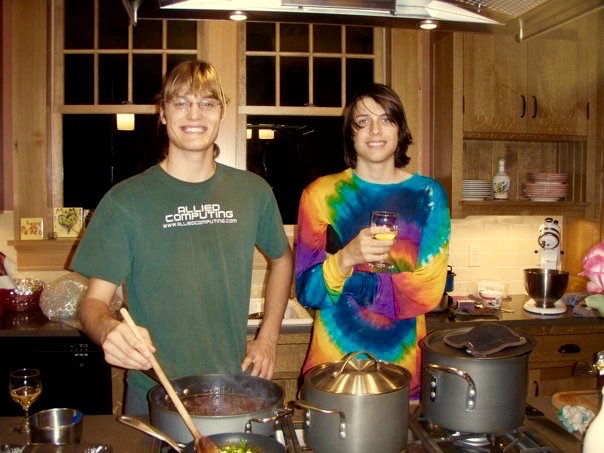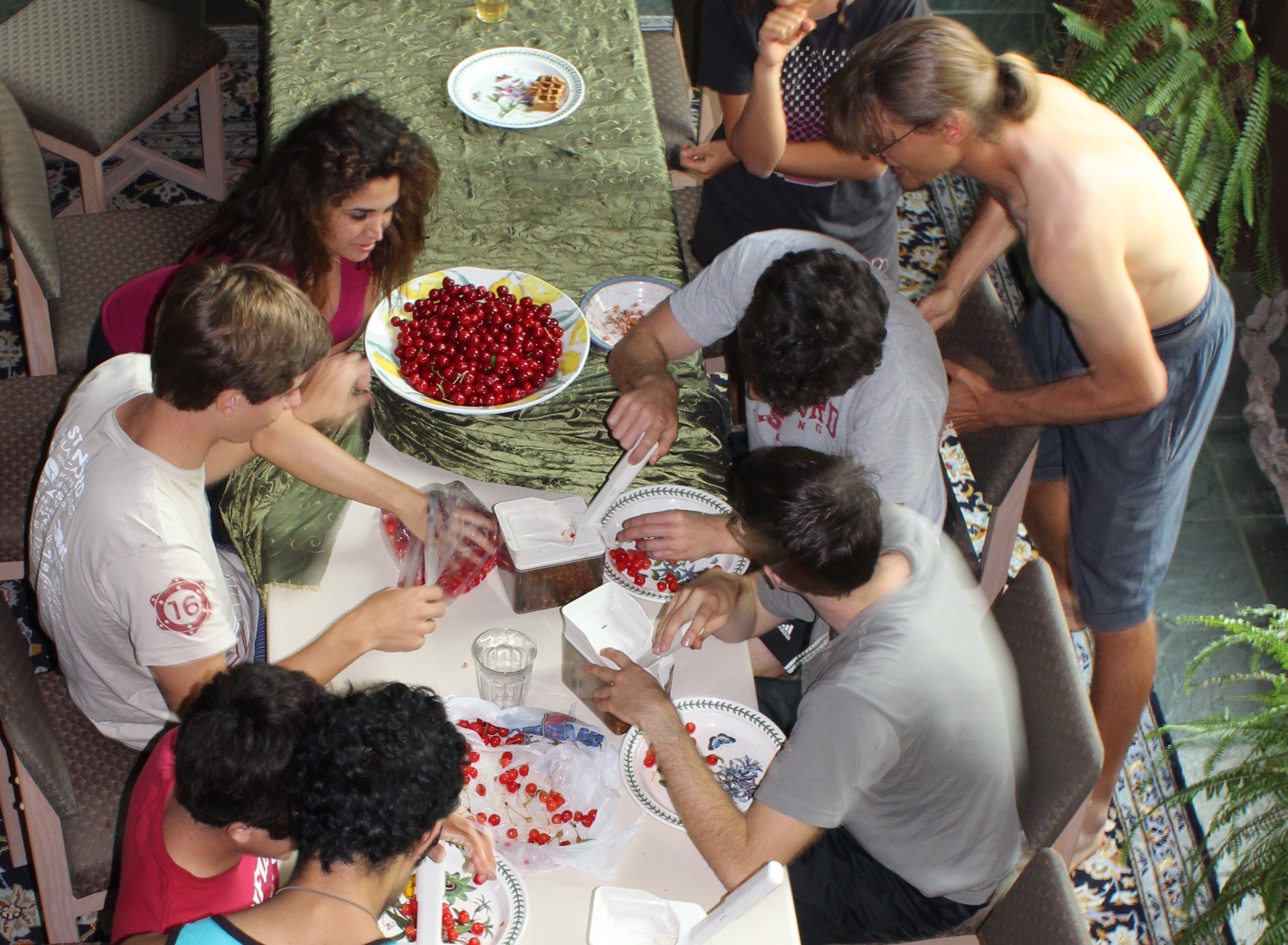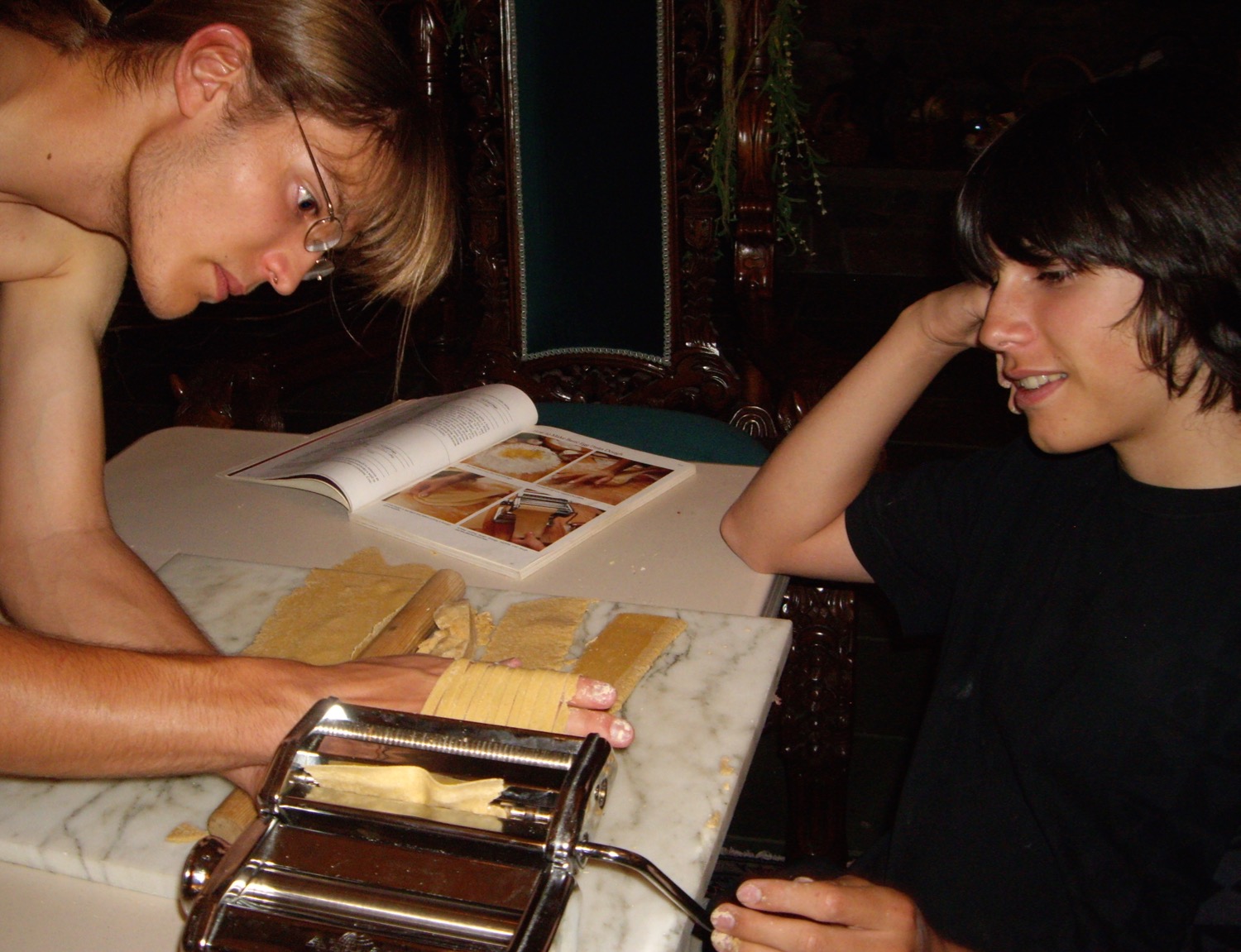In my practice, we do gynecology, surgery, prenatal care and deliver babies. However, sometimes I think we are helping to make mothers. Usually we spend 30 weeks with a woman and then go through some very intense and uplifting experiences with her. Along the way, we learn all about their background. We help them face challenges that arise. We try to address whatever needs addressing from eating habits to referrals for domestic violence. We try to uplift, we try to empower. We try to help them become good mothers.
At the beginning, I tend to notice the things I need to address, the problems. But as the weeks pass, I notice the things that are unique and special about each patient. Somehow, the problems and the virtues are all wound together. These complex dynamic women most always do their best, learn a great deal, and are sent home with a newborn, who will respond to everything they are, and the new world they inhabit.
These worlds are seldom perfect. I think back to my mother, the last of 8 children, born in 1917 in Oklahoma to a poor coal miner's family. Her father, once a foreman, had saved his team of men after an explosion deep in the mine. He suffered severe burns and disfigurement. Thereafter, the family descended into poverty. When she was 14, she was married off to an alcoholic older man. I later learned she endured extensive abuse.
When I was adopted, she was already 45 and remarried to my dad. She was not easy to be with. Even as a young teen, I knew she was not like my friends' mothers. It was only as a young doctor that I began to understand what she had gone through, and the effect it had on her. Without a doubt, she had PTSD. She was angry, insecure and sold herself short. I could go on. I was angry and disappointed at her for not trying harder in life.
As my medical career developed, I saw more women like her. As my role as their doctor taught me compassion, I developed a compassion for her. But of course, this was near the time she passed in 1990. At the time I lived with her, dealing with her difficult behaviors made it hard to experience the good things about her. Of course there were good things. I can see them better now.
I can remember the joy she had shopping for nice clothes for me, something she never had when she was a girl. I can remember how she liked high heels and going out to dinner. She made excellent pie crust. She admired Jackie O. She loved the sound of black women singing. She loved Christmas, and carols, and gave lots of gifts. She told me my education would make it so I would never have to rely on any man.
After she escaped her first husband and before she married my dad, she worked in a factory assembling bombers. She was a real Rosie the Riveter. After that, she became a bookkeeper at a firm in Los Angeles. She looked ten years younger than her age, even though she picked up smoking as a young women in order to look elegant and independent. She quit smoking cold turkey on post op day one after her quadruple bypass, but died of heart disease anyway eight short years later.
I am looking back through time so you can too. I am also looking back so perhaps you will look at the present differently. Your mother may not be perfect. But it is still incumbent upon you to see the good with the bad, to see her as a whole person with understanding, compassion, and appreciation.
I also write to remind us that there is a good mother inside all of us. She just may need a little help coming out.





